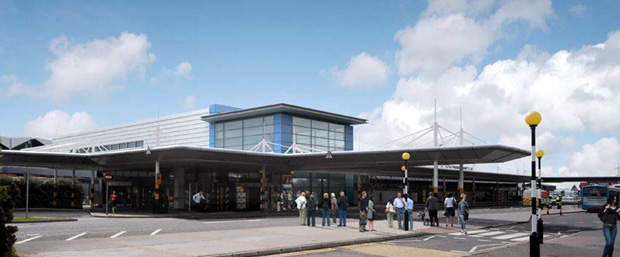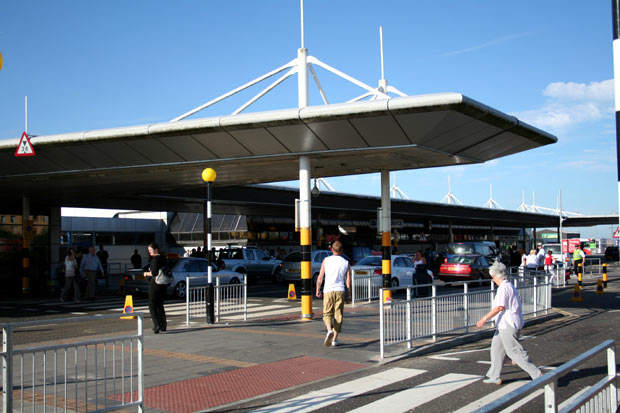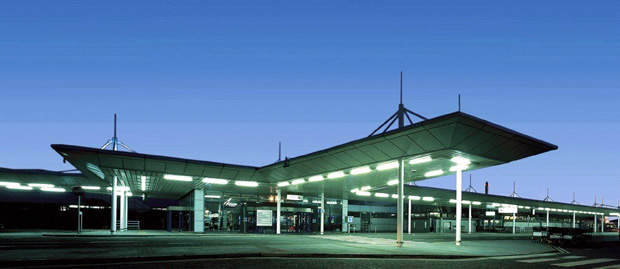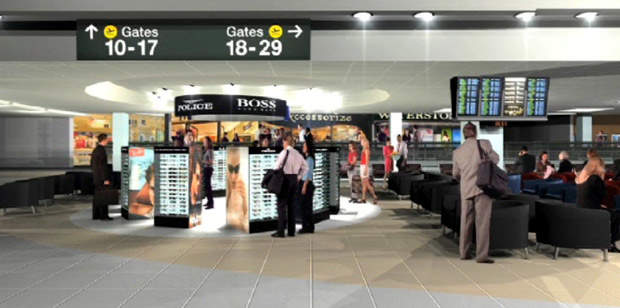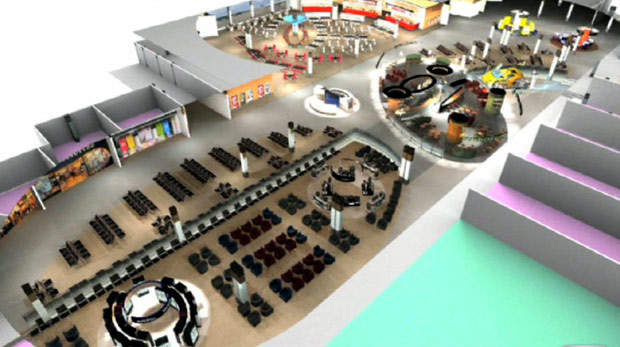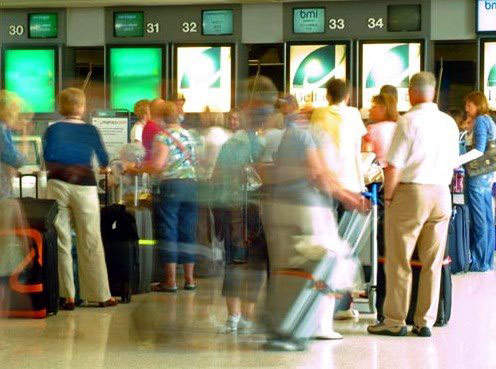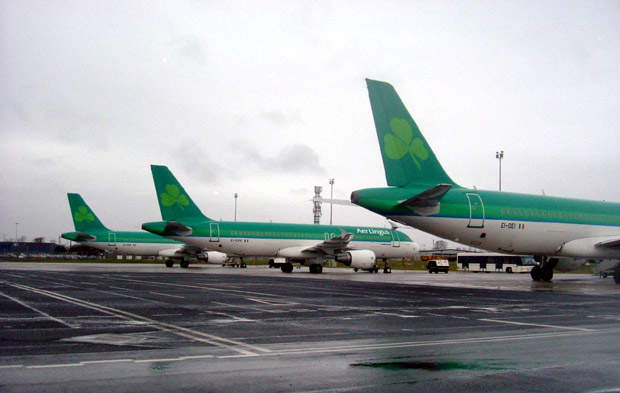Belfast International airport (BIA) is located 21km north-west of Belfast. It is centrally situated within Northern Ireland, but the catchment area encircles Northern Ireland and border counties of the Republic of Ireland.
BIA serves regular scheduled flights to European and UK destinations. Around 4 million passengers travelled through the airport in 2010.
Formerly known as Aldergrove Airport, the airport was renamed Belfast International in 1983. It was privatised in 1994. TBI bought Belfast International in 1996. TBI group was taken over by ACDL (Airport Concessions and Development Limited) and Abertis, a Spanish infrastructure company, in January 2005.
Aldergrove Airport
Aldergrove Airport, named after a local village, was originally used as a training centre for Royal Flying Corps during World War I. After the end of the war, it was used for Royal Air Force (RAF) aircraft.
The RAF used the airport as its base during the World War II.
The first civil aircraft from Northern Ireland started in 1933. A £3m expansion was announced in 1970, as part of which the runway was expanded by 3,000ft. In 1983, an international pier and a moving walkway were opened for passengers. The new executive aviation terminal was opened in 1987 and a cargo centre was officially opened in 1991.
BIA master plan
BIA released the draft master plan for airport development in 2006. The master plan envisages expansion of the airport between 2006-2015 and 2015-2030.
The master plan was prepared based on estimates that passenger numbers would increase between six and 7.5 million a year by 2015 and to 12 million a year by 2030. Cargo is expected to increase to 82,000t by 2015 and 148,000t by 2030.
The development plan includes infrastructure development for 2015 of expanding the existing terminal including check-in hall, extending the domestic baggage reclaim area, developing additional piers from terminal building and providing additional apron space for passenger aircraft. Construction of a three-storey central core and reorganisation of aircraft parking aprons is planned for 2030. The terminal will also be replaced during 2015-2030.
Belfast Airport upgrade
BIA announced £10m upgrade plan in May 2009. The upgrade is aimed at easing the passenger flow from the check-in point to the departures area as well as offer better catering facilities. The upgrade was completed in October 2010.
With the latest development plan the total investment made in the airport refurbishment in the last five years has reached £35m.
As a part of the investment plan, a passenger airbridge, worth £500,000, was opened in June 2009. The airport is working with Northern Ireland Tourist Board to improve tourist reception.
The central security search area is being moved to a location near to the ramps at the departures. The shift has been planned for smoother flow of passengers.
BIA announced its plan to develop a business park on 100 acres on the periphery of the airport in 2007.
Terminal
The executive aviation terminal has been functioning since 1987. The terminal currently has cash machines, currency exchange, business lounge, baby change facilities, internet access, retail shops and restaurants. Mobile broadband is accessible at BIA through BT Openzone.
The facilities at the terminal were expanded under the upgrade plan. The refurbished and expanded terminal was opened in October 2010. Construction work was undertaken by Russell Simpson Construction, a local contractor.
A two-storey glazed façade was constructed at the front of the terminal. It has lifts, stairs and escalators connecting to the departures area. Duty free area was expanded to provide space for 20 retail, food and beverage outlets.
IT systems
In March 2009, the BIA shifted to new flight management system from ICS computing. The new system is expected to provide time and cost savings along with better information processing.
Runways
BIA has two cross runways measuring 2,780m×45m and 1,951m×45m. They are aligned in east-west and north-south directions.
The asphalt-surfaced runways are equipped with CAT IIIB ILS and secondary surveillance radar technology. The airport facilities, including car parks and general aviation, are located on the north side of the main runway.
Cargo
Belfast Airport, one of the significant regional airfreight centres in the UK, handled over 48,000t of air cargo in 2008. Cargo handling facilities, covering 130,000ft² of area, include warehouses and office space, allied to a dedicated freight apron.
Road and rail infrastructure
The airport is connected to the M2 Motorway. Translink and Airporter operate bus services to the airport.
Translink runs buses from Europa in central Belfast. Airporter operates from Derry.
The nearest railway station is 10km from the airport in Antrim. The station is connected through a bus service, the Antrim Airlink.
The master plan for 2015-2030 includes a rail connection to the airport, better highway links from M2 motorway and from Northern Ireland.
Car parking
BIA has parking for 8,000 vehicles outside the terminal building. The short-stay-and-pick-up and main car parks are located nearer to the terminal, while the long-stay parking is connected with a bus link. The airport offers reserved parking for frequent flyers.
The 2006-2015 master plan includes the construction of a multistorey car park facility.
Environment impact
As per the environment noise directive action plan, the airport plans to introduce noise-related landing charges, with the aim of reducing noise impact on the community.
BIA reduces the generation of waste through re-use and recycling.

